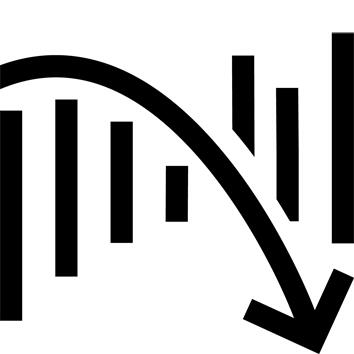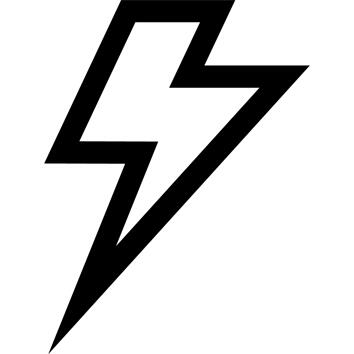Softfeel concept
The incorporation of thin layers of balsa (6.3% of the main components) sandwiched between the carbon fibers reduces the vibration peak and time at impact.
The frame's vibration peaks are significantly reduced (by around 30%) and fade faster, compared with the same snowshoe without the Softfeel concept.
Playing comfort
We've paid particular attention to the playing comfort of this racquet by equipping it with a multi-filament string (1.3 gauge mm). This gives you an excellent feel for the ball (comfort and power) and helps to maintain the string's properties over time (loss of tension)
What's more, the Ultra Comfort grip, fitted as standard on the racquet, gives you a very pleasant feel for the ball, accentuating the softness of the handle.
Weight (unstrung racket)
280 grams
Weight: Weight is actually measured in grams. Like balance and length, weight influences the racket's inertia, and therefore its maneuverability, stability and ability to transfer energy to the ball (power). The heavier the racket, the more energy it can transfer to the ball, but the less maneuverability it is likely to have. Conversely, the lighter it is, the more maneuverable it is, but the less energy it transfers to the ball.
Balance (unstrung racket)
33 cm
Balance: This is the racquet's balance point, measured in centimetres from the bottom of the racquet (handle). The higher the value (head balance), the more powerful and stable the snowshoe is at impact, but the less maneuverable it is. Conversely, the smaller this value (handle balance), the more maneuverable the snowshoe, but the less powerful and stable it is at impact.
Sieve size
690 cm²
Headsize: This is the surface area in cm² of the racket's head. It has an impact on the racquet's feeling of forgiveness and power. The larger the headsize, the more powerful and forgiving the racket, but the less control it feels. Conversely, the smaller the headsize, the more control but the less power and forgiveness.
Inertia (unstrung racket)
SW = 275
Swingweight: Swingweight is a measure of the racket's maneuverability and its ability to transfer energy to the ball (power). The higher a racket's inertia, the more powerful it is, but the more difficult it is to handle. Conversely, the lower a racket's inertia, the more maneuverable but less powerful it is. Inertia is largely determined by the racquet's weight, balance and length.
Visible carbon
We've removed the black paint from this snowshoe (also eliminating the need for a 2-hour baking cycle) and let the carbon reflections show through, giving it a slightly raw look.
Stringing plan
16 x 19
String pattern: the number of uprights (vertical strings) x the number of crosspieces (horizontal strings). The more strings a string pattern has, the more "closed" it is, and the fewer strings it has, the more "open" it is. The more closed the string pattern, the more control it provides, but less power or spin. Conversely, the more open the string pattern, the more power and spin it provides, but less control.
RA
65 Ra
Ra: Defines the racket's rigidity, i.e. its ability to deform at ball impact. The stiffer the racket (i.e., the higher the Ra), the less it deforms on impact. The energy lost by the racket on impact is thus minimized and returned to the ball via the string. It's often said that the stiffer a racket, the more powerful it is.






